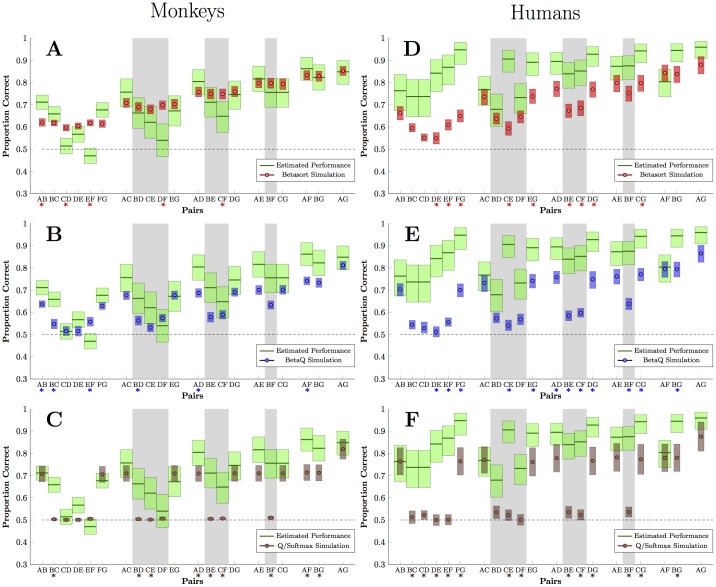Fig 5. Estimated response accuracy on the first transfer trial for each of the 21 possible pairs.
Estimates compare performance by subjects (blue lines) to those generated by simulations using each algorithm. Those pairs with a gray backdrop are the critical transfer pairs that are not expected to be subject to the terminal item effect. Shaded regions around each point/line represent the 95% confidence interval for the mean, determined using bootstrapping. (A) Monkey performance (green) compared to the performance of the betasort algorithm (red), given each session’s maximum likelihood parameter estimates. An overall distance effect is reliably observed from the simulation. (B) Monkey performance (green) compared to the betaQ algorithm (blue), given maximum likelihood parameters. Although a distance effect is evident among critical pairs, betaQ fails to perform appropriate levels of accuracy. (C) Monkey performance (green) compared to the Q/softmax algorithm (brown), given maximum likelihood parameters. Apart from a robust terminal item effect, the algorithm’s responding is strictly at chance, including all critical transfer pairs. (D-F) Human performance compared to the three algorithms, analogous to panels A through C. Although none of the algorithms precisely resemble the participants, the betasort algorithm comes closest, yielding a distance effect on critical transfer pairs.

